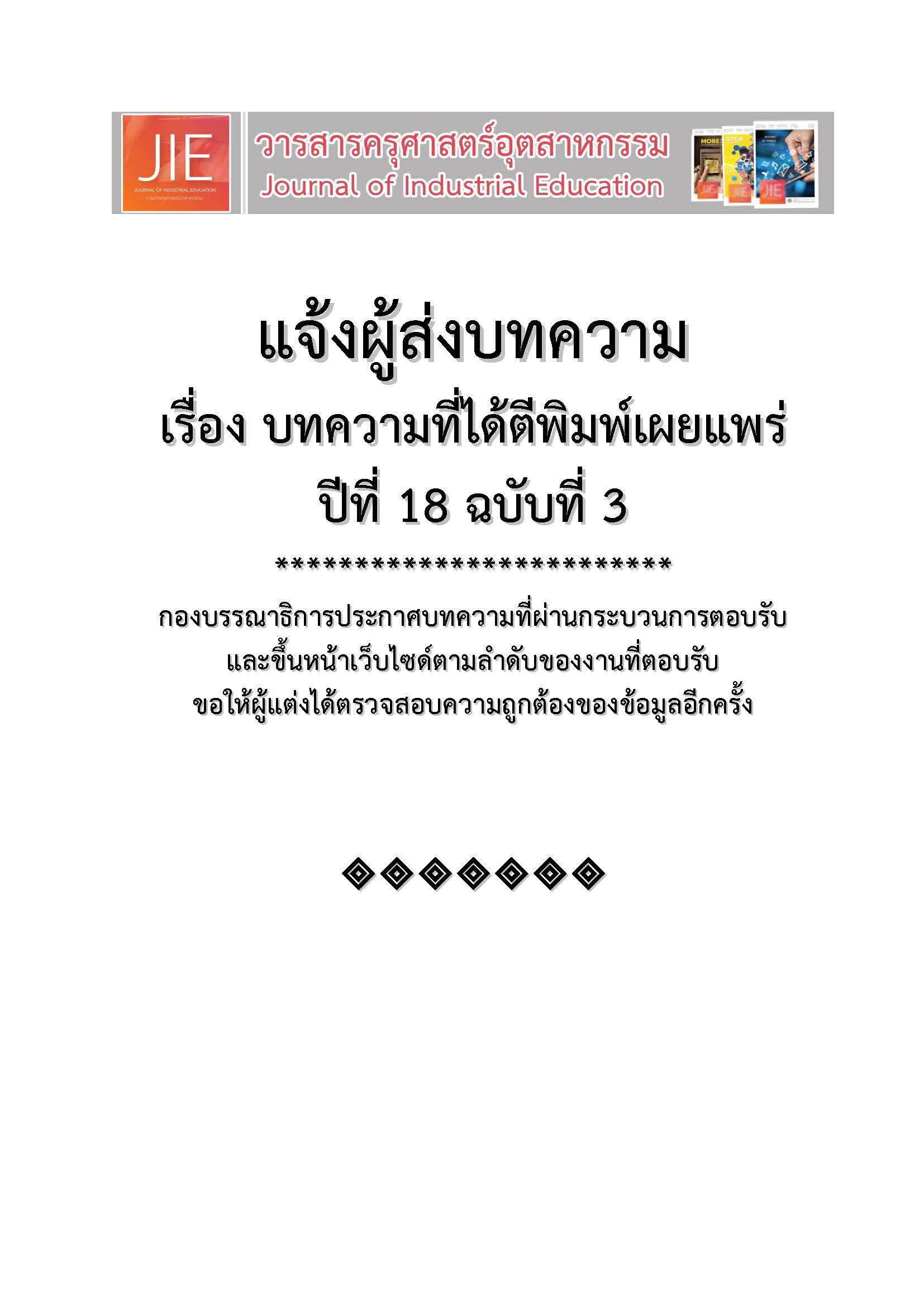STUDY AND DESIGN OF SOUVENIR FOR CHILDREN’S DISCOVERY MUSEUM
Keywords:
Souvenir, Children’s Discovery Museum, Creative MindAbstract
The objectives of this research were 1) to study and analyse the souvenirs of the Children’s Discovery Museum, and 2) to design souvenirs for the Children’s Discovery Museum. The first group of the population and samples were 100 (online) individuals who were children and their parents. The tool used to gather information was a closed-ended questionnaire designed to ask about basic expectations of souvenirs. The second group of population and samples were three Children’s Discovery Museum staff selected for their work experience. The tool used to gather the information from the staff was an informal interview. The third group of the population and samples were five experts on the museum, two experts in product design and three experts in graphics and package design. The method used to select these experts was specific identification and the tool used to gather information was a questionnaire designed to ask about their opinions of the souvenirs.
The results showed that from 100 individual responses, the top three out of twelve souvenirs were toys/games, dolls and T-shirts. From a study and analysis of ten sketches of toy models, three models – (1) a rainbow city, (2) a backyard, (3) a kitchen were selected. It was found that the kitchen was a highly suitable souvenir with a mean of 4.05 and a standard deviation of 0.40, the rainbow city was very suitable with a mean of 4.11 and a standard deviation of 0.34, and the backyard was also suitable with a mean of 4.10 and a standard deviation of 0.24. Nine packages (one set consisted of three packages) were evaluated by experts. It was found that the rainbow city package, the kitchen package and the backyard package were suitable and at “good” level.
References
Children's Discovery Museum Handbook. 2018. Culture, Sports and Tourism Department of Bangkok Metropolitan Administration. P.2, P.4
National Institute for Child and Family Development, Mahidol University. 2002-2006. Office of The Education. Laws and Policies Research on ICTs and Child Protection.
Weeranan Damrongsakul. 2011. Social Interaction in Children’s museum: the Bangkok Family Center (Thung Khru) p. 3-4. Research Institute for Languages and Cultures of Asia.
CDM-Bangkok. Children’s discovery museum. Http://www.cdm-bangkok.com/
Udomsak Saributr. 2007. Furniture design. Bangkok: publisher odeon store.
Chittinun Tejagupta. 2008. Principles of early childhood education. Nonthaburi: victory publishing company limited.
Thananya Onsri and Songwut Egwutvongsa. 2017. Study and Development Playgrounds Field for Children 5-6 years. Faculty of Industrial Education and Technology King Mongkut's Institute of Technology Ladkrabang.
Downloads
Published
How to Cite
Issue
Section
License
"The opinions and contents including the words in papers are responsibility by the authors."
"ข้อคิดเห็น เนื้อหา รวมทั้งการใช้ภาษาในบทความถือเป็นความรับผิดชอบของผู้เขียน"



